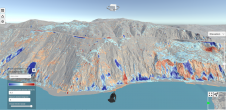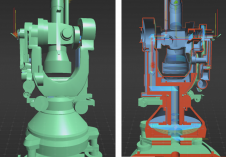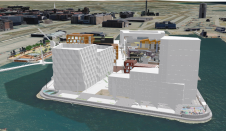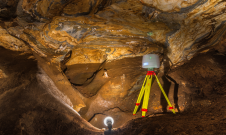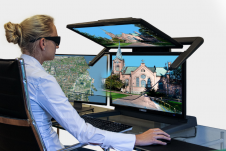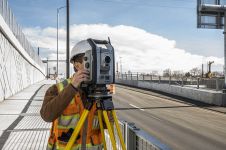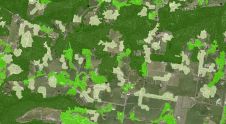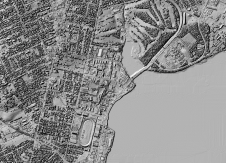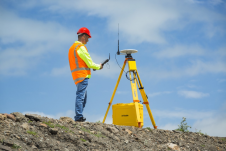告诉世界:我们不仅仅是扫描到BIM
数字双胞胎,智能建筑,智能基础架构和智能城市的机会不仅需要BIM作为数据。为了从这个不断增长的市场中受益,调查和空间行业必须在BIM中提供倡导,领导力和教育。
Building information modelling (BIM) will be a growing opportunity for the surveying and spatial industry, providing we focus more on adding value to BIM and concentrate on what we can offer to other industries thanks to BIM rather than merely preparing it. Opportunities in digital twins, smart buildings, smart infrastructures and smart cities require more than just BIM as data. The surveying and spatial industry will not benefit from this growing market without fully realizing the BIM market opportunity and providing advocacy, leadership and education in BIM.
Scan-to-BIM is promising but even more lies beyond
With the increasing availability of laser scanning technologies, scan-to-BIM has become the major pathway for the surveying and spatial professional to contribute to the digital engineering of buildings and infrastructure. While there is a growing demand for the scan-to-BIM service within the architecture engineering and construction (AEC) industry, it is essential to note that this service – which effectively is a 3D surveying and mapping service – is a small part of the broader BIM economy. Analysis of the various facets of surveying and geospatial market reveals that the growth in surveying and mapping services and survey equipment is marginal. The message from the analysis is clear: the cost of collecting geospatial data will continue to decline and there will be limited growth in services related to surveying and mapping. In contrast, a fast-growing area is GIS and what we can do with the spatial data. We can draw some similarities between BIM and GIS. BIM will be no different to surveying and mapping if we only focus on preparing data and information. If we go beyond modelling building information, however, we can discover a continuum of opportunities.
采用SDI哲学用于建筑物和基础设施
As surveying and spatial professionals, our immediate contribution lies in modelling buildings and infrastructure and this is already being done with considerable success in the AEC industry. However, BIM is about more than merely representing buildings and infrastructure using spatial information; it is also about collaborative data environments (CDEs) and a solution for the fragmented AEC business model. Based on the spatial data infrastructure (SDI) philosophy and our expertise in spatial data management, standards can be adopted in developing CDEs to facilitate the operation of buildings and infrastructure. We have longstanding expertise in generalizing large-scale spatial data to create a small-scale map. BIM provides opportunities to evolve GIS technologies that are focused primarily on outdoor environments into technologies that can be used for indoor spatial analysis. One single building presents all these opportunities for creating BIM, creating CDEs, maintaining and analysing the BIM data and converting it to city models. However, the AEC industry is not yet fully aware of these capacities in the surveying and spatial industry.
在BIM中提倡,领导,研究和教育
有无穷无尽的机会为BIM增加价值,我们需要为空间行业找到利基市场。BIM值附加的要点是需要数据集成和信息共享,以及有关建筑物的完整数字信息。我们在整合,共享和管理空间信息方面的专业知识开辟了一扇新门,并且是一个在AEC中获得更多突出性的机会。此外,除非我们通过提倡BIM向建筑环境的利益相关者来定义和突出我们可以做什么,否则我们不能在社会中发挥更重要的作用,并发展商机。许多问题仍然没有回答:从将BIM与调查和BIM的空间协调相结合,再到将BIM之间的数据转换为GIS为我们的研究和开发社区的GIS。最后,也许最重要的是,我们需要重新考虑测量和空间工程课程,并提高职业。迫切需要更新测量和空间培训和教育,以便BIM融入我们的知识中,并强调了我们的学生和更广泛的职业。











